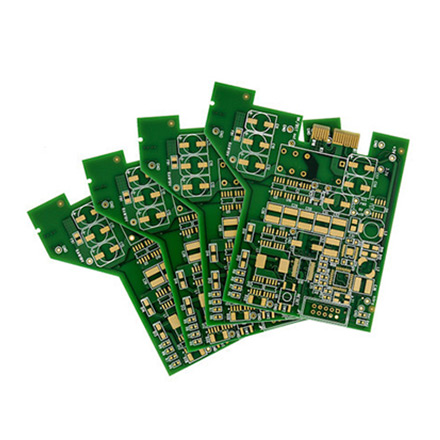

The Allure of Decorative Stained Glass
Stained glass has been a cherished art form for centuries, captivating viewers with its vibrant colors and intricate designs. Often associated with cathedrals and historical buildings, decorative stained glass transcends mere functionality, evolving into a profound medium of artistic expression that tells stories, evokes emotions, and enhances the beauty of any space.
A Historical Perspective
The history of stained glass dates back to the Roman era, but it truly exploded in popularity during the medieval period, particularly in the Gothic cathedrals of Europe. These architectural marvels utilized stained glass not only for aesthetic appeal but also to educate the largely illiterate populace about biblical stories and saints. Through stunning, colorful panels, churches conveyed complex narratives, inviting contemplation and reflection. Each piece was painstakingly crafted, with artisans carefully selecting hues and patterns to achieve specific effects, playing with light to create ethereal displays.
Craftsmanship and Technique
The process of creating stained glass is both intricate and labor-intensive. It begins with careful design, where artists sketch the overall composition and determine where each color and pattern will be. Glass sheets are then colored through various methods, including the addition of metallic oxides. Once prepared, the glass is cut into the desired shapes and assembled using lead came or copper foil. This meticulous craftsmanship is what gives stained glass its unique character. When light passes through these colorful panels, it transforms the atmosphere of a room, creating an enchanting luminosity that changes throughout the day.

Modern Interpretations
While traditional stained glass is often associated with religious architecture, contemporary artists have embraced this age-old technique, exploring new themes and settings. Decorative stained glass can now be found in private homes, office buildings, and public spaces, serving both functional and aesthetic purposes. Designers utilize stained glass in everything from windows and doors to partitions and skylights. The modern approach often includes abstract designs, geometric patterns, and even vibrant narratives that resonate with current social themes. Artists experiment with textures, layering, and unconventional colors, pushing the boundaries of what stained glass can represent.
The Emotional and Spiritual Impact
One of the most enchanting aspects of decorative stained glass is its ability to evoke feelings and foster a sense of spirituality or tranquility. The interplay of light and color can alter the ambiance of a space, making it feel warmer, more inviting, or even sacred. Many people find themselves drawn to places adorned with stained glass, as the vivid representations can stimulate contemplation and inspire a deeper connection to the space. From the peaceful glow of a sunrise filtering through colored panels to a dramatic sunset casting vivid hues, stained glass continually reminds us of nature’s beauty and the passage of time.
Conclusion
Decorative stained glass is more than just an artistic medium; it is a testament to the enduring power of craft and creativity. Whether gracing the windows of an ancient cathedral or embellishing a modern home, stained glass remains an invigorating blend of artistry, history, and spirituality. As we continue to explore new horizons in design and expression, the charm of stained glass will undoubtedly inspire future generations, reminding us of the beauty that can be achieved by playing with light, color, and imagination. In a world increasingly dominated by technology, this timeless art form serves as a reminder of the craftsmanship and creativity that continue to enrich our lives.